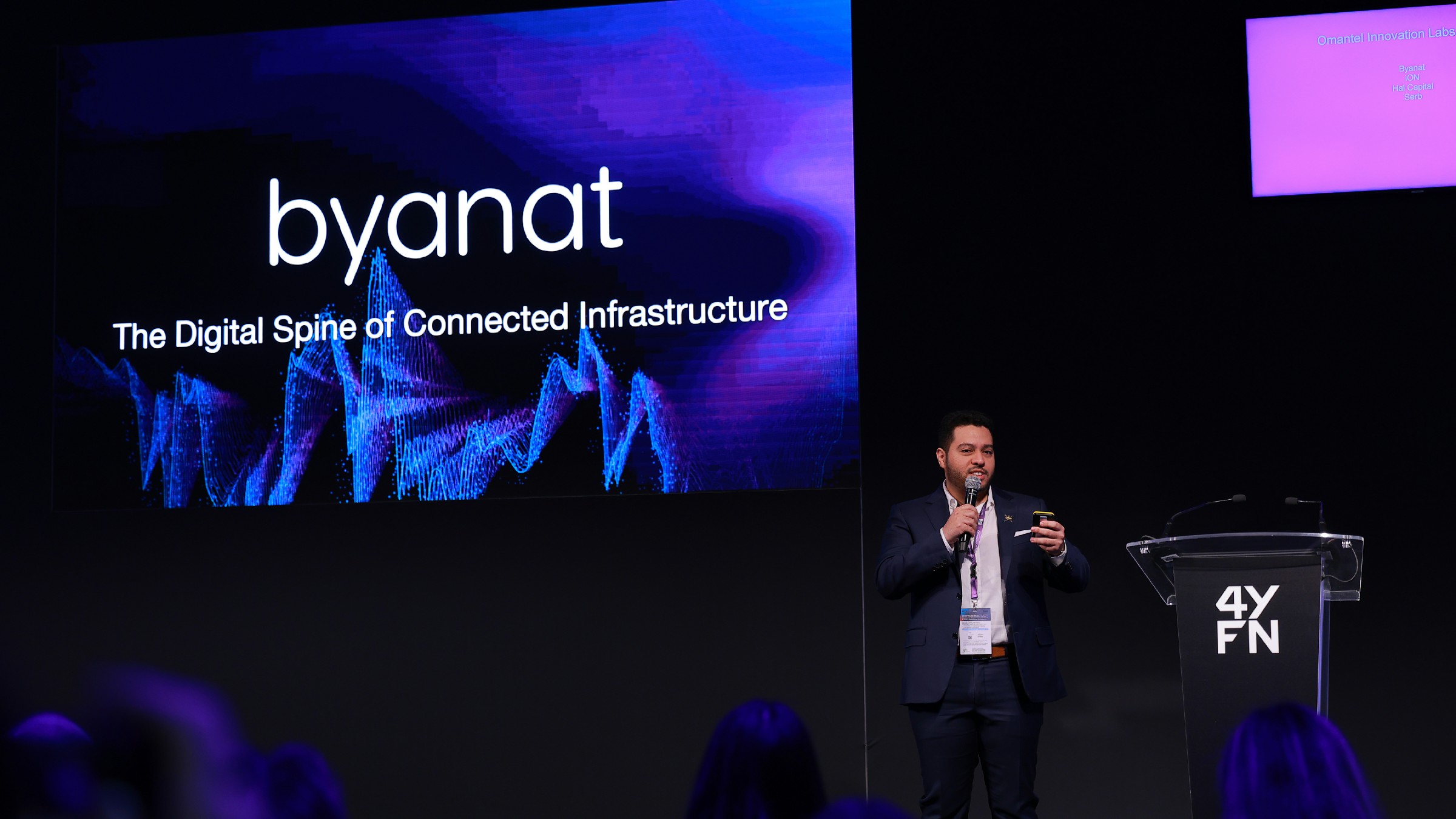
The Next Generation of Infrastructure Monitoring
Read-Only Vs Read-Write Monitoring: which is right for you
As organisations strive to connect their business goals and end-user experience with the reliability and performance of IT infrastructures as they adopt more cloud-based technologies and IT infrastructure becomes increasingly distributed.
This transformation necessitates the need for infrastructure monitoring to guarantee that all of your components - as a business -, including cloud environments, storage servers, cooperating systems, virtualised systems, function together harmoniously.
Infrastructure monitoring is the process of gathering and analysing data about an existing system in order to detect and manage any issues before they affect your users or business.
Infrastructure monitoring systems (IMS) are capable of tracking a wide range of devices and systems including but not limited to: servers, networks, applications, and databases.
The Importance of Infrastructure Monitoring
If you are wondering what significance does infrastructure monitoring have for telecommunications companies, the answer is that it is critical for guaranteeing the dependability, performance, and security of their network.
Gathering metrics through infrastructure monitoring systems (IMS) provides valuable insights on the trends occurring in their network of operations, to allow better system capacity planning through the output of the system, that assists in building business plans for clientele demands, and fulfilling service level agreements (SLA) requirements, and meet clientele’s vision and expectations.
Telecommunications companies rely on a complex infrastructure ecosystem, which includes cell towers, data centres, and networking equipment. This infrastructure must be regularly checked to guarantee good operative performance, and that any conceivable issues are detected and rectified promptly and efficiently.
Bearing in mind the top 3 challenges facing telecommunications companies today are:
- Managing complex ecosystems and services.
- Improving customer satisfaction and loyalty.
- Increasing revenue and profitability.
Telecommunications companies can benefit from infrastructure monitoring in numerous ways, including but not limited to:
- Improving network reliability and performance through the use of infrastructure monitoring can aid in preventing network outages, and performance degradation by identifying and fixing any problems early on.
- Improving customer satisfaction and boosting customer loyalty by ensuring that their network and services are reliable and performant through the monitoring of network performance.
- Reduction of costs through infrastructure monitoring as it can assist telecommunications companies in reducing the operational costs associated with customer assistance, network repairs, and lost revenue by preventing network outages and performance degradations.
In addition to these three top challenges stated, telecommunications companies are constantly moving forward in supporting new technologies such as 5G and the Internet of Things (IoT), as well as defending their network against cyber threats.
Telecommunications companies can benefit from infrastructure monitoring to address all of these issues.
The Parts of Your Infrastructure that Should be Monitored
Maintaining the infrastructure for it to run smoothly can become increasingly hectic and challenging as the network grows and expands. Teams like DevOps and SRE need detailed insights into the different components of the network infrastructure and how each operates individually and as a unit, and using manual infrastructure monitoring simply is not a feasible option anymore as it promotes redundant issues and increases human error.
The infrastructure monitoring systems’ role is to track performance, hosts, resource utilisation, in addition to multiple backend components.
Infrastructure monitoring systems often collect data using a range of methods and approaches, such as:
- Agents - Those are software programs that are put on infrastructure components. They collect and transmit data about the performance and the status of the components to the IMS.
- Log Files - Those Are files that hold records of events that occur in the infrastructure components in order to identify possible problems that the monitoring system collects and analyses before storing them, permanently or temporarily.
- Network Traffic Monitoring - IMS can monitor network traffic to find trends, anomalies, or patterns that can help in identifying potential network or device failures.
- Performance Monitoring - IMS can monitor the performance of the Infrastructure to detect places where performance is degrading.
After the initial data collection, the infrastructure monitoring system analyses it to deets any potential problems.
This analysis can be done using numerous approaches, such as:
- Threshold - Those are defined limitations for various metrics specified by the company or their clients. If a metric exceeds its threshold then the IMS will create an alarm to notify the teams allocated.
- Trend Analysis - This entails the examination of historical or seasonal data to identify trends and patterns. This aids in identifying potential issues before they cause an outage or network failure.
- Correlation - This is the search for a relationship between the various metrics in the infrastructure. This can aid in determining the root cause of an issue. If a metric exceeds its threshold and it is also correlated with another metric that could be affected in the process then the IMS will create an alarm to notify the teams allocated.
Infrastructure monitoring systems can be deployed in a wide range of industries and applications, such as telecommunications, IT, oil and gas, manufacturing, and many more.
- Telecommunications - IMS is used to monitor the network and services provided by telecommunication companies, which includes cell towers, data centres, and networking equipment.
- IT - IMS is utilised to monitor the IT infrastructure, which includes servers, networks, resource utilisation, and storage devices
- Oil and Gas - IMS is geared towards monitoring their infrastructure, which includes wells, pipelines, and storage facilities and tanks.
- Manufacturing - IMS is intended to monitor manufacturing companies production lines and the components of the assembly line equipment.
Read-Only Infrastructure Monitoring & Use Cases
A read-only infrastructure monitoring system collects and reports data from infrastructure components without altering the data in any way, shape, or form. This demonstrated that the monitoring system has no power to alter the configurations or conditions of the infrastructure.
Read-only infrastructure monitoring systems acquire the data needed from infrastructure components using a variety of approaches. In the case an issue is detected in the network, then the monitoring system sends an alarm to notify the team responsible for solving the problem that in turn investigates the issue and takes the necessary actions to resolve it.
Read-only infrastructure monitoring solutions are often deployed in production environments where it is crucial to reduce the possibility of unauthorised infrastructure access and altercations.
These are some type-specific cases of read-only infrastructure systems:
- Tracking the availability and performance of production systems.
- Supervising the security of manufacturing systems.
- Resolving issues with production systems.
- In planning for scaling the system.
Read-only infrastructure monitoring solutions can be a valuable tool for any organisation regardless of the industry that needs to monitor their infrastructure without modifying it.
Read & Write Infrastructure Monitoring & Use Cases
Read and write infrastructure monitoring systems collect, report, and modify data from infrastructure components. This increases their flexibility over read-only infrastructure monitoring systems, however; it also presents some new security challenges and performance concerns.
You might wonder how read-write infrastructure monitoring systems can collect data and make changes to the infrastructure without compromising security:
Read-write systems use Agents and collectors; where agents are placed on infrastructure components that require monitoring and they gather information from components and transfer it to the collectors. In return, the collectors process the data acquired and then make it available to be viewed and modified for initiation and stopping services on the monitoring system.
These are some type-specific cases of read-and-write infrastructure systems:
- Deployed in development and testing environments where the infrastructure must be able to be modified.
- Utilised in production to automate operations such as configuration changes.
- Could be used by cloud providers to monitor its infrastructure which looks out for performance, data collection, resource availability and security.
- Used to automate processes such as resource scaling and issue response such as, telecoms providers to make network configuration modifications such as routing traffic and altering firewall rules.
Infrastructure monitoring systems that can read and write data can be a significant tool for organisations that need to monitor and adjust their infrastructure. However, before employing these systems, it is critical to be aware of the security and performance implications.
Read-Only Vs Read and Write
When choosing between a read-only or read and write infrastructure monitoring system for your business, there are a number of factors to consider, including:

byanat and Infrastructure Monitoring Systems
At byanat, we are passionate about helping you and your companies to succeed in the digital age. We understand that you are facing a number of challenges, including managing a complex ecosystem of applications and services, improving customer satisfaction and loyalty, and increasing revenue and profitability.
Our Infrastructure monitoring system is a comprehensive solution that can help you to address all of these challenges. By providing a unified view of your customer data, powerful segmentation and personalization capabilities, and a unified campaign management platform, our Infrastructure monitoring system can help you improve customer satisfaction, increase revenue, and reduce costs.
Infrastructure monitoring is the process of gathering and analysing data about an existing system in order to discover and control problems before they affect your users or business.
The best infrastructure monitoring solution for you will be determined by your individual demands and requirements. A read-write system is required if you need to be able to modify your infrastructure. A read-only system, on the other hand, may be sufficient if you only need to collect and report on data.






